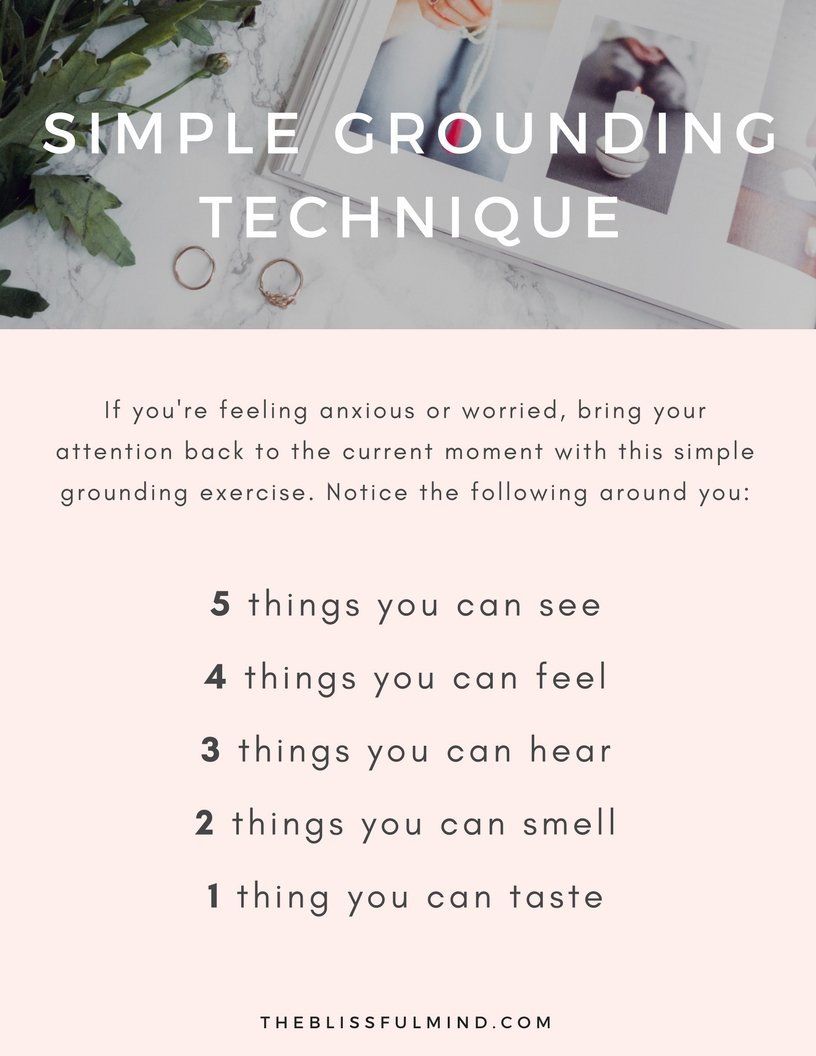Lesson Three - PART B: reading comprehension
| Site: | MoodleHUB.ca 🍁 |
| Course: | ELA 30-1 RVSO |
| Book: | Lesson Three - PART B: reading comprehension |
| Printed by: | Guest user |
| Date: | Monday, 10 November 2025, 9:01 AM |
Introduction
 Lesson Three - Part B: Reading Comprehension
Lesson Three - Part B: Reading Comprehension
Duration - 2 blocks (2 x 80 min + homework)
"It is not good enough to have a good mind. The main thing is to use it well." -- Rene Descartes
The Diploma Exam in ELA 30-1 will is written in TWO parts. "Part A" is the written response, in which you will complete two writing assignments. "Part B" is reading comprehension exam, which involves reading several texts and answering multiple choice questions about them.
As the time draws nearer to write Part B of your ELA 30-1 Diploma Exam, you need to take a close look at the exam. In this lesson you will study past final exams and review study notes for the diploma exam that is imminent.
The description of the exam which follows is taken directly from the English Language Arts 30-1 Diploma Exam Information Bulletin. If you wish to download and read the entire document, it is available on-line at the Alberta Education web site, linked on the following Resources page. You can also reach this site by clicking on the INFO tab for the course. Under that tab you will find a link for ELA Websites. On the websites page, scroll to the bottom right where you will find not only the subject bulletin, but a link for general Diploma Exam information, as well as a complete Diploma Exam schedule for this school year and other diploma exam-related resources.
Lesson
As you make the switch from Part A, wherein you are writing about your interpretation of a piece of literature, to Part B, keep in mind that in Part B, your personal interpretation will not necessarily be reflected in the answer choices. On this multiple choices test, you must read closely, and pay attention to textual clues. On this particular exam, the text always "wins" out over your own personal interpretation. In other words, any answer you would consider to be the correct one, must be supported by textual details within the reading.
Part B: Reading
Part B: Reading is worth 50% of the total diploma examination mark and consists of 70 machine-scored questions based on shorter texts and excerpts from extended texts.
Part B: Reading is an assessment of students’ ability to read a variety of literary texts closely. Critical reading and thinking skills, understanding of vocabulary, appreciation of tone and literary and rhetorical devices, understanding of the purpose and effect of writers’ choices, and appreciation of human experience and values reflected in literature will be assessed at the level of challenge appropriate for graduating English Language Arts 30–1 students.
Readings
Texts will include:
- Shakespearean drama
- modern and/or contemporary drama - may include television or radio scripts, or screenplays
- poetry - may include song
- a number of fiction and nonfiction readings representing a broad selection of literary texts, which include persuasive, personal, expository, biographical and autobiographical texts
- photographs and other visual texts
- Students may be required to make comparisons among thematically connected texts and/or explore the context within which a text was created.
Reading selections will reflect the minimum one-third Canadian texts requirement in the Program of Studies for Senior High School English Language Arts. Readings will also reflect a variety of cultural perspectives.
Questions
The questions on Part B: Reading progress through each selection in a manner intended to assist students with their reading. With the inclusion of linked readings and items, students should read the passages and answer the questions in the order that they appear in the booklets.
Visual texts will be present within a text to enhance the students’ reading or presented independently as a reading selection with questions. Students will be asked to identify how elements of a photographic composition, photograph, poster, advertisement, or work of art convey meaning, relate to the purpose of the text, or contribute to the total effect of the text.
Linked Passages and Questions
Literary texts may be linked to reading selections that offer interpretations, background information, or parallel thematic presentations. Students may be asked to identify similar or contradictory ideas, or they may be asked to assess the appropriateness of a conclusion drawn from the context created by the passages collectively.
Students may be asked to identify biases evident in a passage. When presented with texts in combination or in sequence, students are expected to maintain a critical awareness across multiple texts.
- Read the Word document which outlines what to expect on Part B of your diploma exam and as well as presenting strategies on how to write this multiple choice exam.
- Read the Word document which presents a list of literary terms which occur most commonly on Diploma Exams.
- REVIEW the following:
- poetry NOTES
- short story NOTES
- non-fiction NOTES
- visuals NOTES
- drama NOTES
- LITERARY TERMS PPT you created in U1L6
Assignment
ASSIGNMENT ONE of TWO (45 marks)
Read the documents in this lesson and review the notes and your PPT of literary terms from Unit One.
Open the U5L3 Part B Prep Quiz
There is no password associated with this quiz.
You are allowed only ONE attempt.
Feedback will be given immediately after EACH question - click on "check" after each.
Click on "submit" once you have completed all 18 questions.
You may use your notes as you write.
ASSIGNMENT TWO of TWO (self-check)
Print off the January 2004 Part B Diploma Exam documents from the Resources page in this lesson.
Write it under exam conditions, that is, no breaks, six-hour limit, no dictionary, thesaurus, or help from anyone.
The key is included so that you can discover how well you did.
This is a valuable exercise for you to do in order to familiarize yourself with this exam and its components. It will also give you an idea of how quickly or slowly you should pace yourself, during the actual writing of Part B! It will not count, however, as a marked assignment - an example of intrinsic motivation.
Other previous, but dated, Part B exams are found in Unit Five in the "book" entitled "Previous Exams and Samples of Student Writing".
Email your mark to your teacher once you have marked the exam. The mark will not be included in your final grade, but your results will be discussed with you!!
Conclusion
The more aware you are of what to expect on an exam, the better you are able to prepare, leaving you far less anxious about what you will face.
GOOD LUCK ON ALL OF YOUR DIPLOMA EXAMS!!
